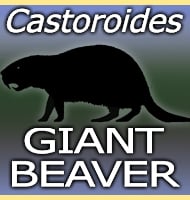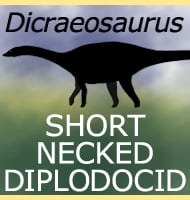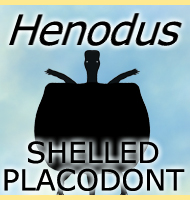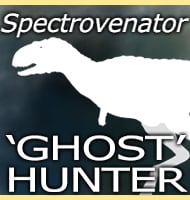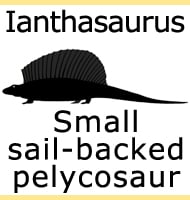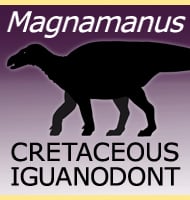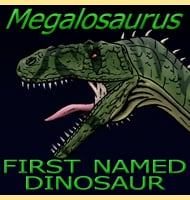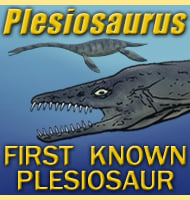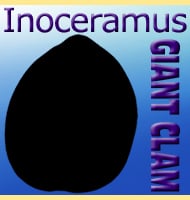In Depth
Rubeosaurus originally started out as a species of Styracosaurus that was based upon partial skull remains, a partial parietal bone recovered in 1928 and a slightly more complete second specimen consisting of left and right nasal and horncore, left premaxilla, partial left orbital with horncore and almost complete right parietal with two spikes. The arrangement of spikes was key in identifying the remains as a distinct genus which led to them being named as Rubeosaurus, a reference to the similarity to the spikes you might see on a bush. There are four large spikes that rise up from the back of the neck frill, the centre two being angled so that they point towards one another, while the outer two point out away from the middle. Although not yet known, the skull remains indicate that the horn was very broad at the base, though its length is uncertain.
There has been speculation that Rubeosaurus (Ryan et al 2007, referencing the remains as Styracosaurus ovatus) may in fact be the adult form of Brachyceratops, a dubious ceratopsian dinosaur genus established upon the remains of partial juveniles. Normally when an animal has been named twice the first name has priority over the second as well as any further namings. However because Brachyceratops is considered to be highly dubious it has also been figured to be an unsuitable senior synonym due to the incomplete nature of the remains that were used to establish the genus. However because it is so difficult to refer further remains to them, it is difficult to prove a formal connection between Brachyceratops and Rubeosaurus, hence the former still being left as a nomen dubium at the time of writing.
Further study of Rubeosaurus has yielded fresh speculation about the validity of the genus (Holmes et al, 2019) that fossils of Rubeosaurus may actually be fossils of Styracosaurus after all.
Further Reading
- New Material of “Styracosaurus” ovatus from the Two Medicine Formation of Montana, Andrew T. McDonald & John R. Horner - 2010. - A revision of the late Campanian centrosaurine ceratopsid genus Styracosaurus from the Western Interior of North America, Michael J. Ryan, Robert Holmes & A. P. Russel - 2007. - A Subadult Specimen of Rubeosaurus ovatus (Dinosauria: Ceratopsidae), with Observations on Other Ceratopsids from the Two Medicine Formation, Andrew T. McDonald - 2011. – Morphological variation and asymmetrical development in the skull of Styracosaurus albertensis. – Cretaceous Research – Robert.B. Holmes, Walter Scott Persons, Baltej Singh Rupal, Ahmed Jawad Qureshi & Philip J. Currie – 2019.

